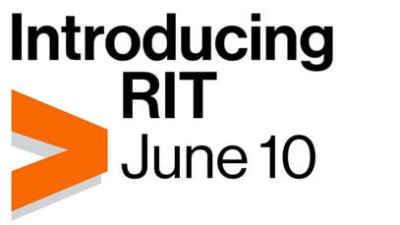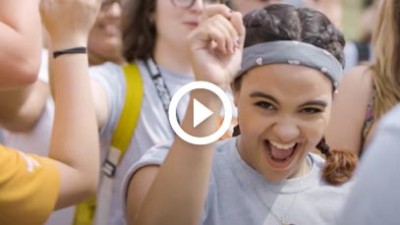Vertically Integrated Project
Cultural Heritage Imaging, Preservation, and Research
- RIT/
- Vertically Integrated Projects/
- Cultural Heritage Imaging, Preservation, and Research

Goals
Cultural Heritage Imaging, Preservation, and Research is a Vertically Integrated Project designed to foster a community of learning around imaging technologies, computing and software, humanities research, and collections-based learning. It is a multi-disciplinary effort focused on the field of Cultural Heritage.
In this course, student and faculty researchers will work together to develop, enhance, and deploy methods to advance imaging techniques, related research, and applications that can impact the research, scholarship, and practice of scholars in humanities and arts as well as practitioners in cultural heritage and memory institutions, such as libraries, archives, and museums.
Chief among the activities will be to further advance the work on their grant-funded project, “PR-268783-20, Low-Cost End-to-End Spectral Imaging System for Historical Document Discovery,” which developed the MISHA (Multispectral Imaging System for Historical Artifacts) system.
Issues Involved or Addressed
Many objects of interest in cultural heritage, such as manuscripts, scrolls, maps, and books, are faded, damaged, or otherwise unreadable – making their histories not fully knowable. Fortunately, modern imaging tools, including sensors, lenses, and illumination sources, have leveraged multispectral imaging (outside the sensitivity range of the human visual system) as an accessible method for cultural heritage imaging which has, in turn, increased the demand for its use. The co-facilitators for this VIP are a historian and a scientist, as well as students in their co-directed lab, who are working to develop new technologies, software, and approaches to cultural heritage imaging, preservation, and research, with the outcome of further enhancing our understanding of artifacts, collections, and the past.
Methods and Technologies
The project will explore the use of a variety of methodologies, practices, and technologies including (but not limited to):
- Multispectral imaging technologies (including MISHA-Multispectral Imaging System for Historical Artifacts)
- Novel image processing and visualization approaches
- Use of multispectral capture and processing software (developed at RIT and available on GitHub)
- Software programs (MatLab and Python; others welcome)
- Related functionalities addressing metadata capture, storage, and search
- Machine learning and artificial intelligence
- 3D printing (or other additive manufacturing)
- Appropriate collections care and collections handling of primary-sources and museum-archive collections
- Storytelling, exhibitions in public spaces using analog and multi-modal storytelling platforms (ArcGIS Storymaps)
The technologies used for any particular project will depend on the needs of the project.
Related Projects
Chief among the activities will be to further advance the work on their grant-funded project, “PR-268783-20, Low-Cost End-to-End Spectral Imaging System for Historical Document Discovery.”
Recent publications:








